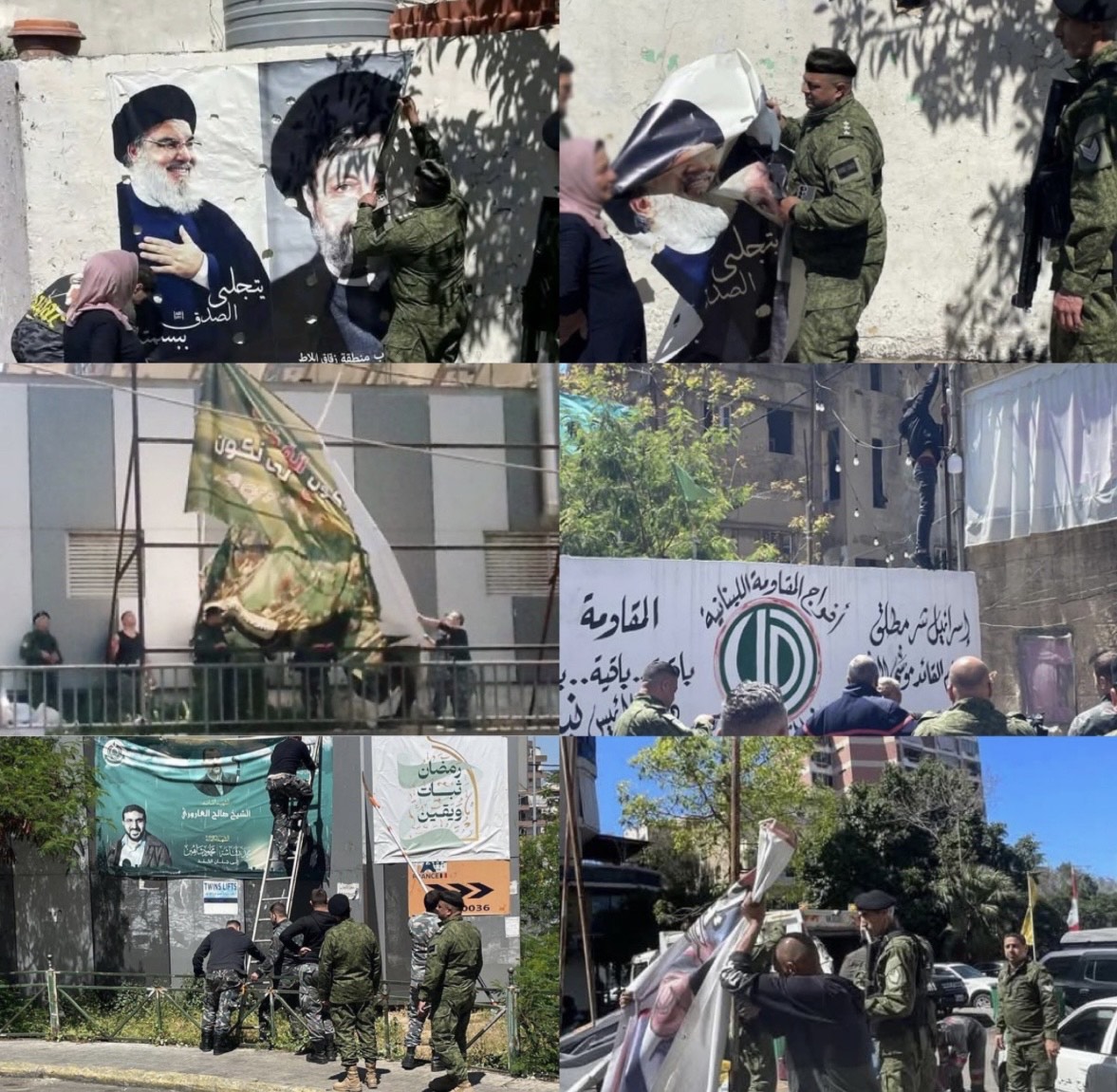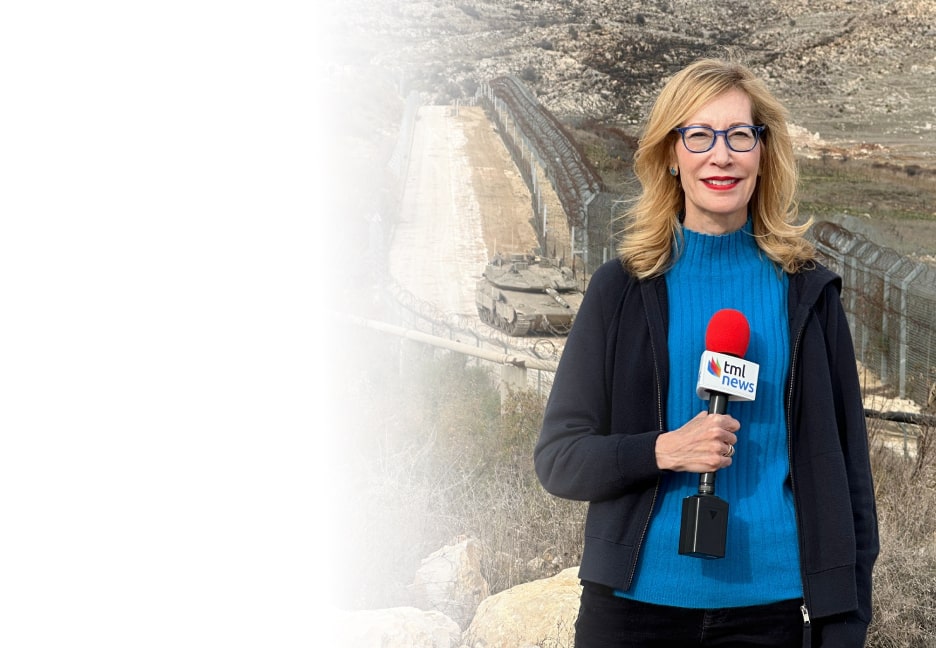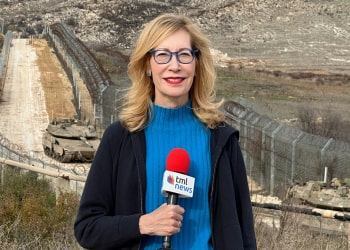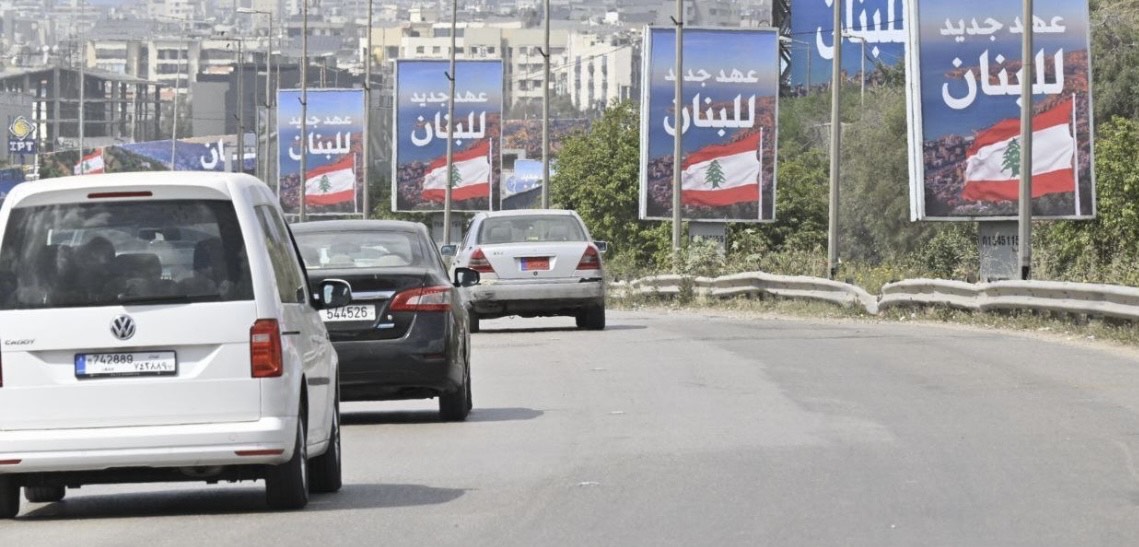In recent weeks, the political landscapes of Jordan and Lebanon have witnessed a series of quiet but significant tremors regarding local Islamist networks—arrests, detentions, crackdowns, and the soft removal of powerful symbols. At the heart of this transformation are Jordan’s confrontation with various Islamist groups and Lebanon’s slow and symbolic untangling from Hezbollah’s dominance. While appearing isolated, these developments are intricately connected in a broader regional recalibration. Both states—long challenged by external threats and internal militancy—are now taking visible steps toward reclaiming their sovereignty and redefining their geopolitical posture.
Earlier this month, Jordanian authorities arrested 16 individuals linked to Hamas in a large-scale security operation across cities such as Zarqa and Amman. Security services uncovered plans to produce and deploy drones, and officials revealed the existence of underground workshops producing rudimentary rockets. Many of those arrested had trained in Lebanon.
The phenomenon of trying to transform Jordan into a logistical base—this plan by Hamas, Hezbollah, and Iran to infiltrate our borders—has been long in the making.

Lebanese army soldiers removing posters from Beirut featuring former Hezbollah leader Hassan Nasrallah and former Hezbollah military council secretary Hashem Safi Al Din. (Pictures taken from X in accordance with copyright clause 27a).
According to Jordanian analyst Amer Al Sabaileh, the crackdown was anything but spontaneous. “The phenomenon of trying to transform Jordan into a logistical base—this plan by Hamas, Hezbollah, and Iran to infiltrate our borders—has been long in the making,” he told The Media Line.
“Jordan has been carefully tracking these activities for years,” Al Sabaileh noted. “These arrests are the result of long-term internal intelligence work. The tipping point came when we could no longer tolerate these threats.”
Jordan did not officially frame the operations as counterterrorism. “This was framed as a threat to national security, not explicitly terrorism,” Al Sabaileh said. “These governments often avoid labeling such groups as terrorists, likely to manage internal sensitivities and avoid escalation.”
Al Sabaileh said that the Hamas leader Saleh al-Arouri, who was killed in an Israeli strike in 2024, was behind the attempt to destabilize Jordan in an attempt “to make Israel and the US pay a price.”
The Muslim Brotherhood’s entrenchment in Jordanian society further complicates the picture. “They have banks, hospitals, and schools. Hamas, in fact, was born out of the Jordanian Brotherhood in 1987, but its ideological and political affiliations are external—to Hamas, and increasingly, to Iran,” Al Sabaileh explained.
The impact on Jordan is more about Iran’s aggressive regional policies than its nuclear ambitions. If tensions between Israel and Iran ease, Jordan may finally have some breathing room. But for now, we remain under threat from our Iraqi and Syrian borders.
Also looming over these developments are the ongoing nuclear negotiations between the United States and Iran. “The impact on Jordan is more about Iran’s aggressive regional policies than its nuclear ambitions,” Al Sabaileh said. “If tensions between Israel and Iran ease, Jordan may finally have some breathing room. But for now, we remain under threat from our Iraqi and Syrian borders.”
Al Sabaileh also pointed to recent diplomatic coordination between Jordan and Lebanon. “High-level phone calls, including between the prime minister and the Jordanian king, laid the groundwork for synchronized actions,” he said.

Lebanese army soldiers removing posters from Beirut featuring former Hezbollah leader Hassan Nasrallah and former Hezbollah military council secretary Hashem Safi Al Din. (Pictures taken from X in accordance with copyright clause 27a).
This is not just about terrorism; it’s about reclaiming the state’s monopoly on violence and sovereignty. And while it wasn’t the case this time, it’s well known that Israel and Jordan have security cooperation behind the scenes when needed.
This holiday season, give to:
Truth and understanding
The Media Line's intrepid correspondents are in Israel, Gaza, Lebanon, Syria and Pakistan providing first-person reporting.
They all said they cover it.
We see it.
We report with just one agenda: the truth.
Please support TML's boots on the ground.Donate [1]

“This is not just about terrorism; it’s about reclaiming the state’s monopoly on violence and sovereignty,” he continued. “And while it wasn’t the case this time, it’s well known that Israel and Jordan have security cooperation behind the scenes when needed.”
In Lebanon, a parallel narrative is unfolding. Arrests were carried out recently in the city of Sidon, where individuals—many of them allegedly Palestinians—were accused of planning to launch rockets into Israel.
Azzam To’meh, a Lebanese political analyst, said that public discourse in Lebanon is divided as to security operations that apparently involve Israel. “One side supports normalization, the other insists on national sovereignty without aligning with Israel at all,” he told The Media Line.
He said that hundreds of Hezbollah leaders have fled Lebanon for South America, namely Brazil, Colombia, and Venezuela. “This isn’t expansion; it’s retreat,” he clarified. “There’s some operational freedom there, but it’s too far to fight Israel from.”
Perhaps the most symbolic shift regarding Hezbollah’s role in Lebanon is visible on the streets of Beirut, where Hezbollah posters are being taken down as part of a campaign to remove political symbolism from public spaces.
“It’s clearly about Hezbollah,” To’meh said. “For years, they dominated strategic spaces—between downtown and the airport, for instance. Now that visual dominance is fading.”
Despite that campaign, a large poster was hung up recently in Dahiyeh declaring continued loyalty to long-time Hezbollah leader Hassan Nasrallah, who was killed in an Israeli strike last year. “This shows that while the state applies pressure, it also releases it strategically,” To’meh said.

Lebanese army soldiers removing posters from Beirut featuring former Hezbollah leader Hassan Nasrallah and former Hezbollah military council secretary Hashem Safi Al Din. (Pictures taken from X in accordance with copyright clause 27a).
He noted that even Beirut’s airport, once a Hezbollah stronghold, is seeing a shift. “Syrian opposition figures are now using the airport. That would have been unthinkable before,” he said.
To’meh sees these developments as part of a broader geopolitical recalibration, one that involves the Palestinian Authority as well. Palestinian President Mahmoud Abbas’ recent visit to Syria sent a message that “Hamas will not be given a foothold here,” To’meh said, noting that the PA is attempting to reposition itself as the official representative for Palestinian issues.
Al Sabaileh, too, noted the importance of the Palestinian dimension in the realigning Middle East. “Today, the Palestinian issue is back on the table in a real way,” he said. “Abbas’ visit to Syria isn’t a coincidence. Syria’s new leadership is under pressure to distinguish itself from Hamas and to take a clear stance on Palestinian militias in refugee camps.”
“The refugee camps, the militias, and Syria as a potential destination for Palestinians—these are all parts of the same triangle,” he added. “Abbas is there to manage this transformation.”.
To’meh believes that behind much of this realignment is not Israel, but the United States. “After Gaza, the US put its full weight behind Israel. Nobody wants to provoke Israel now, not even Iran’s proxies. The regional winds are blowing in Israel’s favor,” he said.
He noted that it might not be in Israel’s best interest for the Iranian threat to be completely neutralized. “That threat is what has kept Arab states aligned with Israel. Remove it, and those states may begin to drift,” he said.
If Iran stays, it’s a threat. If Iran goes, Israel is alone with the Arab world and the Palestinian issue.
“If Iran stays, it’s a threat. If Iran goes, Israel is alone with the Arab world and the Palestinian issue,” he explained.
Meanwhile, negotiations between the US and Iran appear to be progressing. “They’ve moved from general political dialogue to subcommittees,” To’meh said. “That’s usually a good sign. Iran might be ready to give up its enriched uranium to Russia. The military option is being delayed.”

Lebanese army soldiers removing posters from Beirut featuring former Hezbollah leader Hassan Nasrallah and former Hezbollah military council secretary Hashem Safi Al Din. (Pictures taken from X in accordance with copyright clause 27a).
Al Sabaileh is cautiously optimistic. “Economic benefits may soon outweigh old alliances and hostilities,” he said, describing a future Middle East based around the proposed India–Middle East–Europe Economic Corridor. “Countries that have long been held hostage to conflict might finally see a path forward.”
The analysts both characterized recent developments in Jordan and Lebanon not as a revolution, but as a strategic rebalancing. The symbolism apparent in arrests and removed posters represent a deeper effort by Arab states to assert control over their territories and identities.
According to To’meh, the recent crackdowns are likely part of a bigger cycle. “This is a transition, not a conclusion,” he said. “The state can’t apply constant pressure. It must pressure and release, pressure and release.”
Of course, it’s unclear whether the shifts in Jordan and Lebanon will lead to a new era of stability or merely a rebranded version of the old order.
This moment is critical. The region has an opportunity to turn the page, but it requires consistency, vision, and resilience.
Al Sabaileh offered a word of cautious reflection. “This moment is critical. The region has an opportunity to turn the page, but it requires consistency, vision, and resilience,” he said. “These steps taken by Jordan and Lebanon are not just security measures; they are signals of intent to protect sovereignty and reset their roles in the region. Whether this momentum continues will depend on what comes next from Tehran, Washington, and within our own borders.”